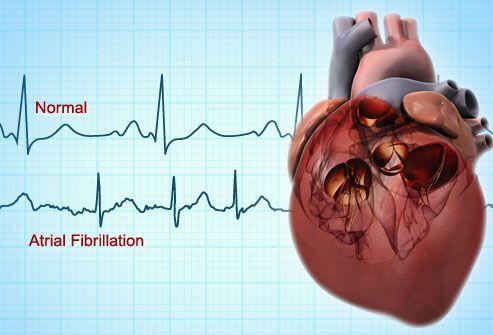
Edoxaban affords greater treatment safety than warfarin, while delivering comparable efficacy, in patients with atrial fibrillation (AF), irrespective of diabetes, a recent study has found.
Drawing from the ENGAGE AF-TIMI 48* trial, researchers identified 7,624 patients (median age, 70 years; 36.5 percent female) with diabetes and 13,481 (median age, 73 years; 39.0 percent female) without. The principal efficacy outcome was a composite of stroke and systemic embolic events (SEE), while safety was assessed as major bleeding.
A high-dose edoxaban regimen performed comparably to warfarin. Annualized rates of the primary efficacy outcome did not differ between treatment in those with (1.42 percent vs 1.5 percent; hazard ratio [HR], 0.93, 95 percent confidence interval [CI], 0.71–1.23) and without (1.65 percent vs 1.96 percent; HR, 0.84, 95 percent CI, 0.70–1.02) diabetes.
However, edoxaban, at high doses, demonstrated better safety than warfarin. Major bleeding occurred significantly less frequently in the former treatment arm than in the latter, both in patients with (3.20 percent vs 4.07 percent per year; HR, 0.79, 95 percent CI, 0.65–0.96) and without (2.68 percent vs 3.30 percent; HR, 0.81, 95 percent CI, 0.69–0.96) diabetes.
Stratification according to the use of insulin did not meaningfully alter the findings, and the effects of a low-dose edoxaban regimen did not appear to be modified by diabetes status.
“Since patients with insulin treated diabetes and AF are at higher risk for both stroke and bleeding, use of safer, yet effective, oral anticoagulants, such as edoxaban, may be preferred over [vitamin K antagonists],” said the researchers.
*Effective anticoagulation with factor Xa next generation in atrial fibrillation–thrombolysis in myocardial infarction study 48